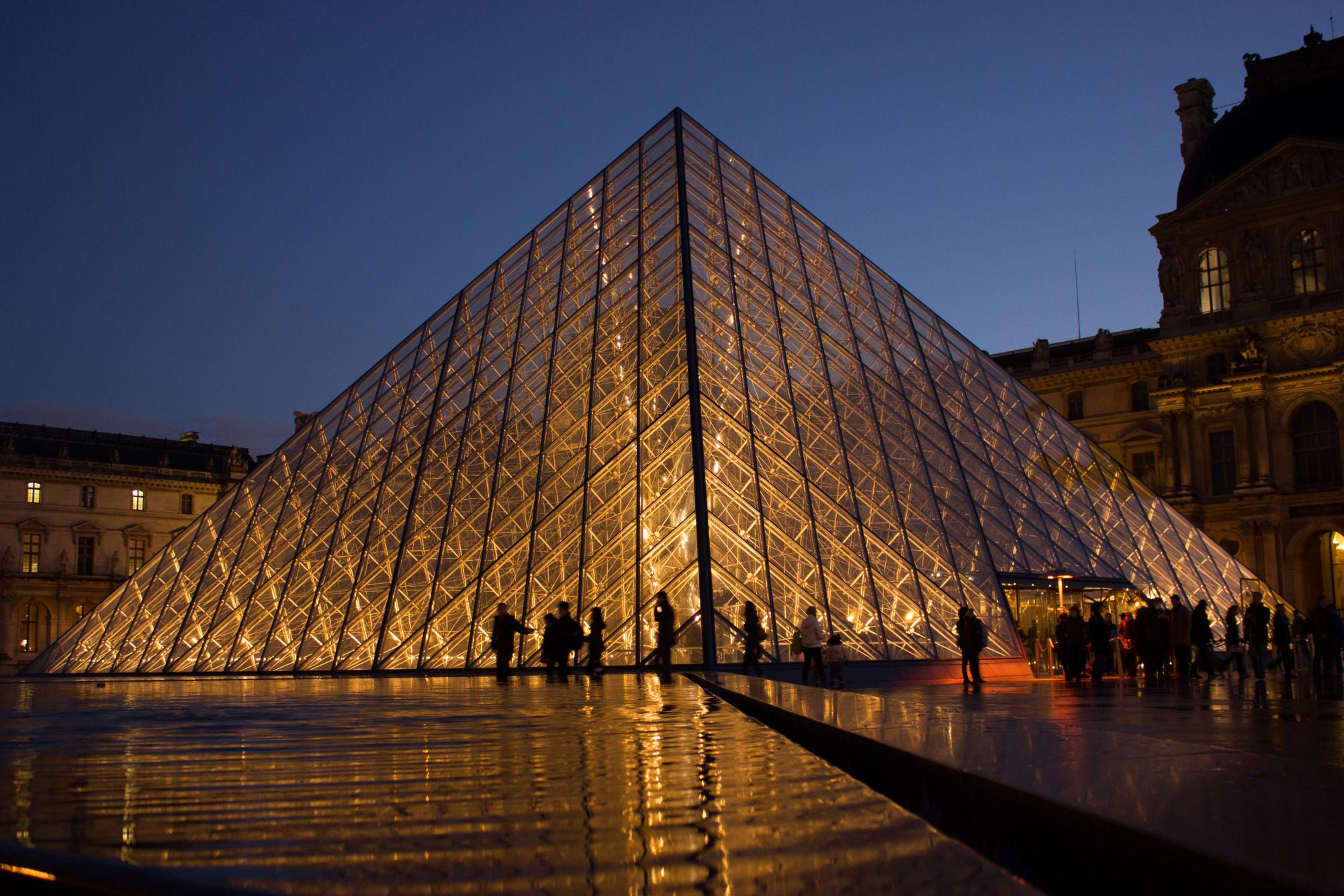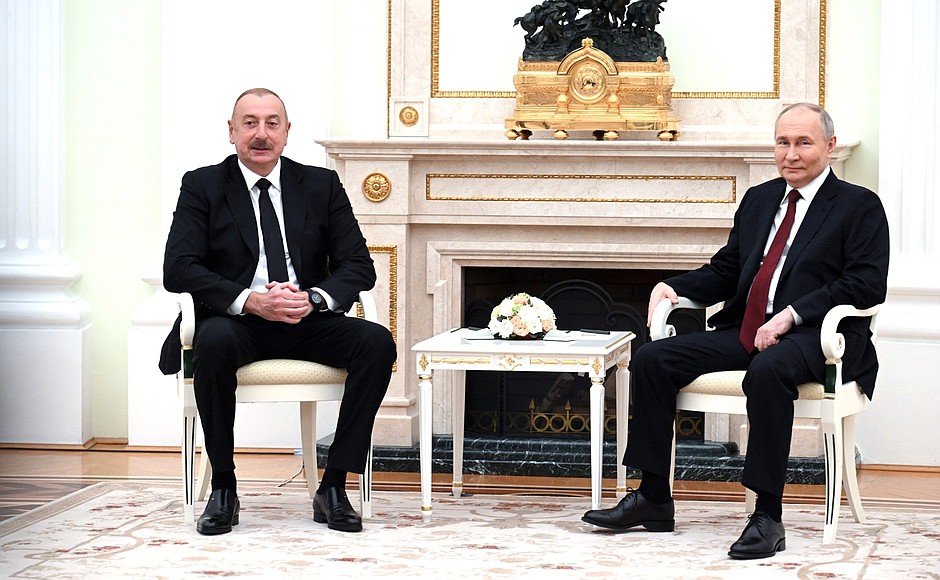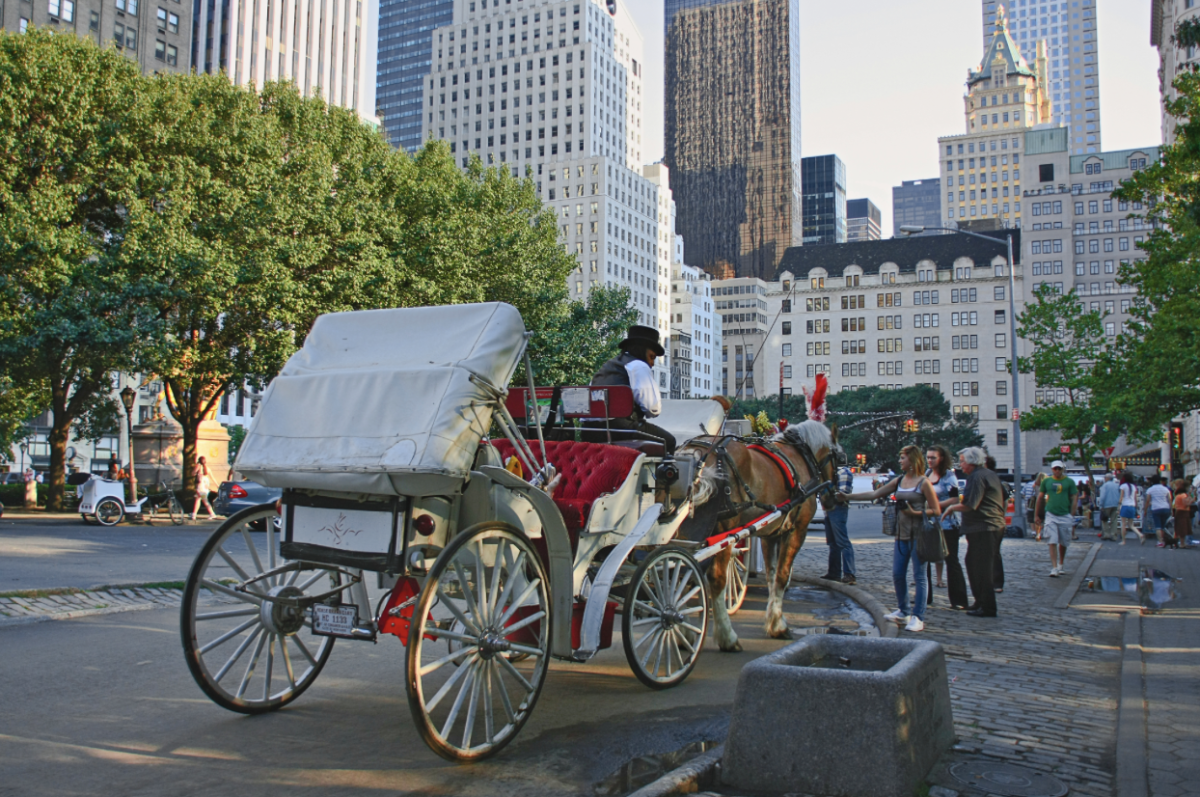Paris woke up on a Sunday morning to the kind of story that sounds more like a movie plot than real life: thieves broke into the Louvre Museum and escaped with royal jewels worth nearly €88 million. The theft, which took place in broad daylight, has stunned the French public and left investigators scrambling to figure out how one of the most secure museums in the world could have been breached so easily.
The matinal robbery happened October 19, just after the museum opened. According to Le Parisien, the robbers—four in total—used ongoing construction work as cover. Wearing high-visibility vests and helmets, they accessed the building via the Seine-facing façade around 9:30 a.m., using a cherry picker to reach the Galerie d’Apollon, the glimmering gallery that houses France’s crown jewels and some of its most valuable artifacts. Culture Minister Rachida Dati said security footage showed the thieves acting “calmly” and “very professionally,” smashing glass cases with precision and showing “no violence.”
Security footage and witness accounts suggest that the thieves cut through a window with power tools, entered the gallery, and smashed open glass display cases. Within minutes, they had gathered several pieces—including diamond tiaras, emerald necklaces, and ornate brooches—all historically owned by French queens and empresses. The entire operation took less than four minutes, and the men were gone before guards could reach the scene.
Outside, the pair jumped onto motor scooters and disappeared into the narrow streets of Paris, leaving behind a trail of disbelief. One item, the Crown of Empress Eugénie, was dropped and later recovered near the museum gates. Everything else vanished.
Officials say the stolen jewels included treasures that had survived revolutions, wars, and centuries of royal history. They are considered irreplaceable, not just for their material worth, but for what they represent: the tangible legacy of France’s monarchy and empire. To specify, the jewels were owned by Emperor Napoleon, Napoleon III, and their wives Empresses Marie-Lousie and Eugénie.
As details emerged, so did questions about how such a theft was even possible. Louvre director Laurence des Cars admitted that parts of the museum’s security system had serious gaps. One camera near the gallery’s exterior wall was reportedly facing the wrong direction, and other sections of the museum had limited coverage due to the building’s age and layout.
According to The Guardian, des Cars said in a statement that the heist “was a terrible failure. This should not have been possible.”
President Emmanuel Macron condemned the theft as “an attack on a heritage that we cherish because it is our history,” pledging to “recover the works” and bring those responsible “to justice,” according to Time Magazine.
More than 100 officers are now involved in the search, working alongside Interpol, the International Criminal Police Organization, to track the jewels before they can be smuggled abroad.
Experts say the thieves will have a difficult time selling their haul. The pieces are too well-known to move openly, and dismantling them would destroy their historical value. Still, authorities warn that professional art thieves are often patient—willing to wait years before trying to sell or melt down their prizes.
For now, the Louvre remains open, though parts of the museum are closed off for security upgrades. Parisians have been gathering outside the glass pyramid, leaving notes and flowers in quiet protest.
“It feels like we lost part of our story,” one visitor watching tourists file past police barricades said to The New York Times. “Those jewels survived everything—except this.”
The search and the shock continues. What was supposed to be a normal Sunday morning in Paris has turned into one of the most daring museum heists of the century and a stark reminder that even the most guarded treasures are never entirely safe.








